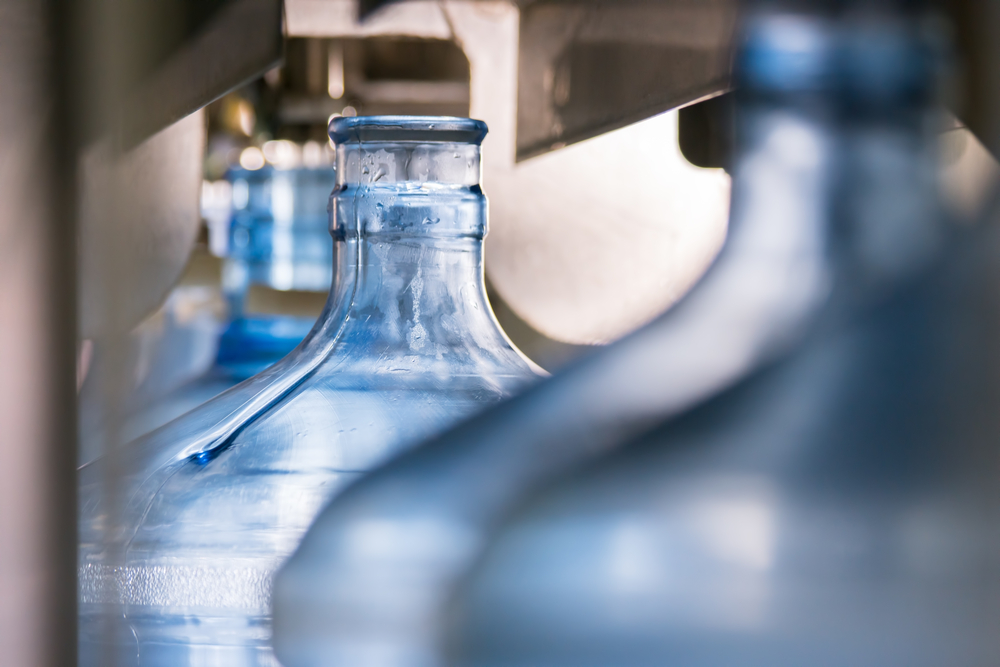
Water
According to different norms, mineral water can be defined as such if it reports these characteristics:
- Of protected and underground origin;
- Bacteriologically pure at its origin;
- It presents a composition and constant characteristics;
- It presents possible beneficial effects for healthiness;
- It is originally bottled in safe containers. Food safety is guaranteed by the sterilization phases of bottles.
Mineral waters come from deep, protected and uncontaminated deposits, for this reason headwaters are characterized by minimum seasonal variations: some of them produce mineral water from centuries in the same quantity and with the same qualitative characteristics.
Each mineral water, for its particular hydrogeologic history, its unique: the composition and the tenor of minerals give taste and unrepeated properties.
To be considered as such and commercialized to a public, it must obtain the recognition from third parties- For example, in Italy by the ‘Ministero della Salute’, which evaluates through geological studies bacteriological and chemical-physical analysis, and clinical-pharmacological experiments.
The commercialization shall be carried out with the prior approval of the competent bodies, after a series of inspections and assessments of the suitability of the catchments, of the facilities and bottling processes.
All healthy treatments are not allowed by law.
Mineral water, bacteriologically pure and free of pollutants, is delivered to the consumer as it comes from the headwater, bottled is safe containers: from the headwater to the table.
In Italy, in 2019, have been consumed on average 222 litres of bottled mineral waters per capita. In this country, 82 companies operate in the water bottling process for an aggregated turnover of 3,8 billion of euros (in 2019).
The PET bottle, that in Italy represent the 82% of the market, influences on the final price of the bottle of water, also in relation to fluctuations in the price of the raw material that currently quotes beyond 1.150 euros per tonne (770 euros in 2020).
The reduction of bottle’s weight is then one of the main goals of industry, also to reduce the environmental impact.